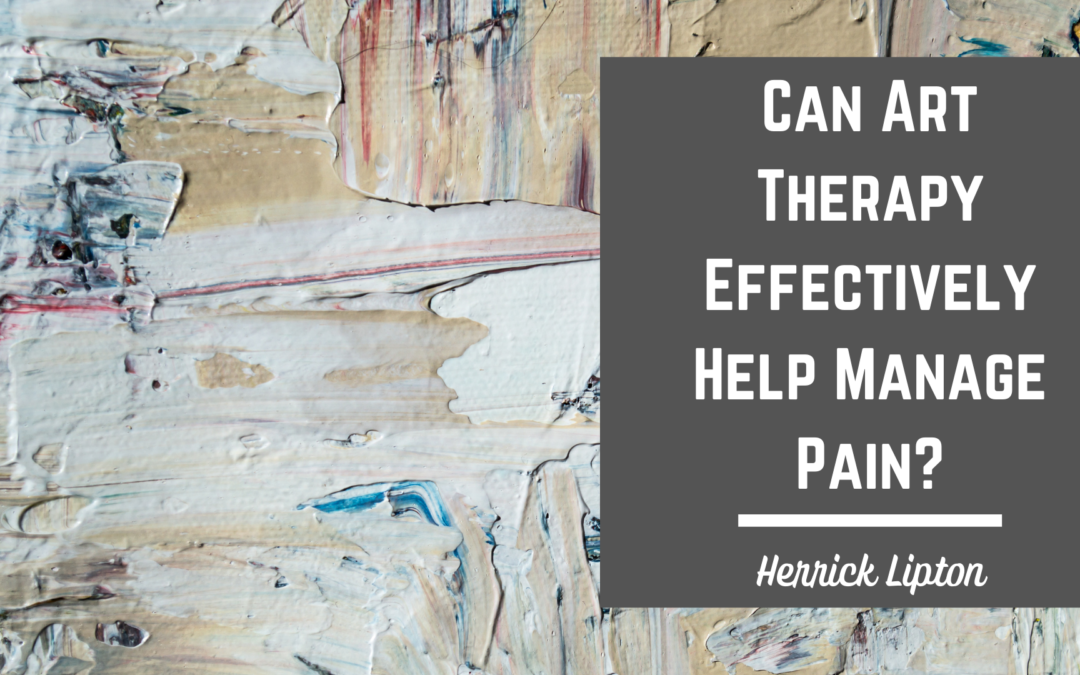Art therapy is being used in both hospitals and outpatient settings to manage pain, decrease anxiety, and improve patient outcomes.
How it Works
Art therapy helps patients feel less pain and anxiety by moving their mental focus away from the pain. It is not just a distraction; art therapy teaches patients how to alter and manage their mental states so that the pain and anxiety do not take over.
The Arts in Psychotherapy reported that in a study of over 200 patients being treated in hospitals, art therapy sessions improved mood and reduced feelings of pain and anxiety. Massachusetts General Hospital art therapist Kelsey Skerpan explains “When people are in pain, they often lose their sense of control since their pain dictates what they can and cannot do. Engaging in art therapy helps them reclaim ownership in their lives.”
How to Do Art Therapy
Art therapy is not about skills or technique, although improving those can be a happy side effect of a good art therapy regimen. It is typical for patients to have one art therapy session per week, and those sessions may be 30 to 60 minutes long. Sessions may be individual or group, with group sessions being more common as therapy progresses.
Patients are encouraged to create any kinds of art that they are comfortable with. This can range from coloring in pre-drawn patterns to freehand drawing or painting, pottery, woodworking, needlework, mixed media art, or whatever else appeals. Patients can revisit a favorite art form, perhaps one that they enjoyed as a child, or learn a new art form.
In an art therapy session, a patient may be encouraged to create an artwork that represents their pain on that day. The therapist will then explore with the patient how the pain is depicted in lines, shapes, colors, textures, and other ways. Skerpan explains that “processing art like this can help people further explore their condition, which may encourage them to talk more openly about how making art affects them, their mood, and their pain.”
Registered and certified (the designation depends in part on the state in which they are licensed) art therapists hold master’s degrees and have honed their skills and senses through supervised fieldwork. The American Art Therapy Association has more information.
